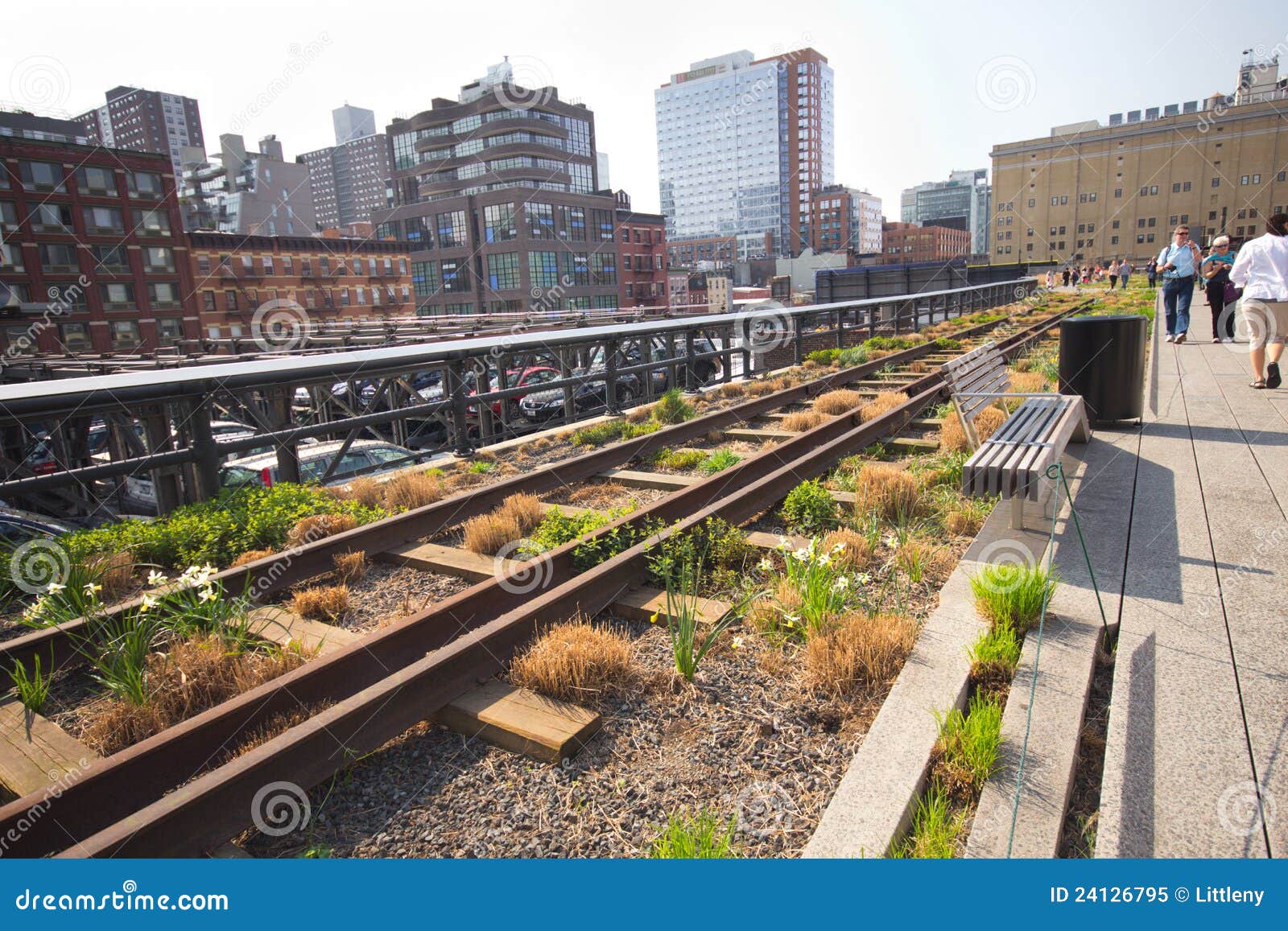
Image source: https://i.kinja-img.com/gawker-media/image/upload/s--ApyYulzA--/c_fill,fl_progressive,g_center,h_900,q_80,w_1600/zh2zy3hxan0aozvzyuhj.jpg
She knew she could grow a few edible crops in wet conditions, such as celery, rhubarb, comfrey, sunchokes (jerusalem artichokes), water cress and the like. Yet nothing edible will survive in an acidic peat bog.
Grow organic vegetables safely in giant GrowSacks
Despite that, there's one proven method for developing a sustainable organic garden from even the worst imaginable conditions. Get hold of a giant rubble bag, the kind that contractors dump on building sites. Or a big plastic animal feed or cement bag. Throw in a mix of sound topsoil, sand, and old manure.
Punch a lot of holes in one end and topple the bags so the slits are against that bad soil. You need the roots to grow through the bag and down into the wet ground. Plant several small pre-germinated potatoes in that sack.
Why potatoes? You'll get the most food value per cubic foot of soil.
The potatoes will plunge their roots down through the holes in the sack, looking for water. And the crop will grow in the bag, shielded from light.
You'll get a vast yield from one GrowSack
A small cement or manure bag will not give you a large crop. But a vast builders' sack should yield you many bushels of potatoes. The dank water below the sack will not harm the potatoes, provided it's not polluted. Potatoes like a fairly acid environment. It deters scab.
You can use the same GrowSack approach for other vegetables and fruit that like moisture, like squash and tomatoes, if you have no choice but to grow food above bad soil. It's even possible to grow vegetables below conifers like leylandii which have leached all the nutrients and water out of the soil and made it sterile
If you choose soft fruit like strawberries that prefer shade and fairly acid conditions you'll find they do very well in shallow GrowSacks beneath conifers.
At worst, if you have no giant durable sacks, you can use common plastic garbage bags. By fall, they'll disintegrate but that's not important. Because fall is the time to toss the contents of the GrowSack onto the ground beneath it.
GrowSacks renew the soil
If you use GrowSacks in the same place year after year and throw out their contents after use you'll find, of course, that the soil surface gets slowly higher. Result: your waterlogged or awful soil will become drier and more healthy. That's the time to sow fruit and vegetables directly in the ground - at least, those that don't mind acidic conditions.
A tip: if you plan to grow potatoes in that acidic soil, it's a bad idea to spread lime on the ground to sweeten it. Potatoes dislike lime and they get scab. But if your ground level has risen after several years' dumping of GrowSacks, lime would be a good idea for most other vegetables - especially swedes, cabbages, turnips and other related roots.
Isn't it risky to raise potatoes in one plot for several years running? That's certainly true, if you grow the potatoes in the soil itself. Disease lingers in the soil. Any disease or insect problems that lurk in the ground below are less hazard to plants grown in bags.
Of course, potatoes are not your only option, even at the start of a garden-renewal prroject. Any water-loving plant should do well in a giant GrowSack, if it can get its roots into the damp soil beneath. Unless the pH of the soil below is below 4 - ie. very acid - you should at east get some crop.
Water cress: how to grow it in giant GrowSacks
You'll get a good crop of water cress in a big GrowSack, even on damp acidic soil - but only if the bag is not punctured but left intact. Despite myths to the contrary, water cress does not have to grow in running water. It will flourish in any moist soil with a neutral pH or an inert porous substance. Pull back the sides of a rubble sack to make a shallow container. Add a few inches of grit or gravel, plus some compost, and water it very well.
All you have to do then is purchase a bunch of watercress from a store. Put the stems in a vase of water. They'll probably grow long fibrous roots. Insert these in your GrowSack and they'll flourish.
That's all you have to do, ever, because the water cress - if it lasts its first few weeks - will produce seed. Then you'll have all the water cress you'll ever need. But you can't grow water cress in stale water. A clever idea is to put it beneath a dripping tap outdoors and punch some holes high in the sides of your GrowSack so the water renews itself. If your water cress fails you nonetheless, at least you'll delight the garden frogs.
